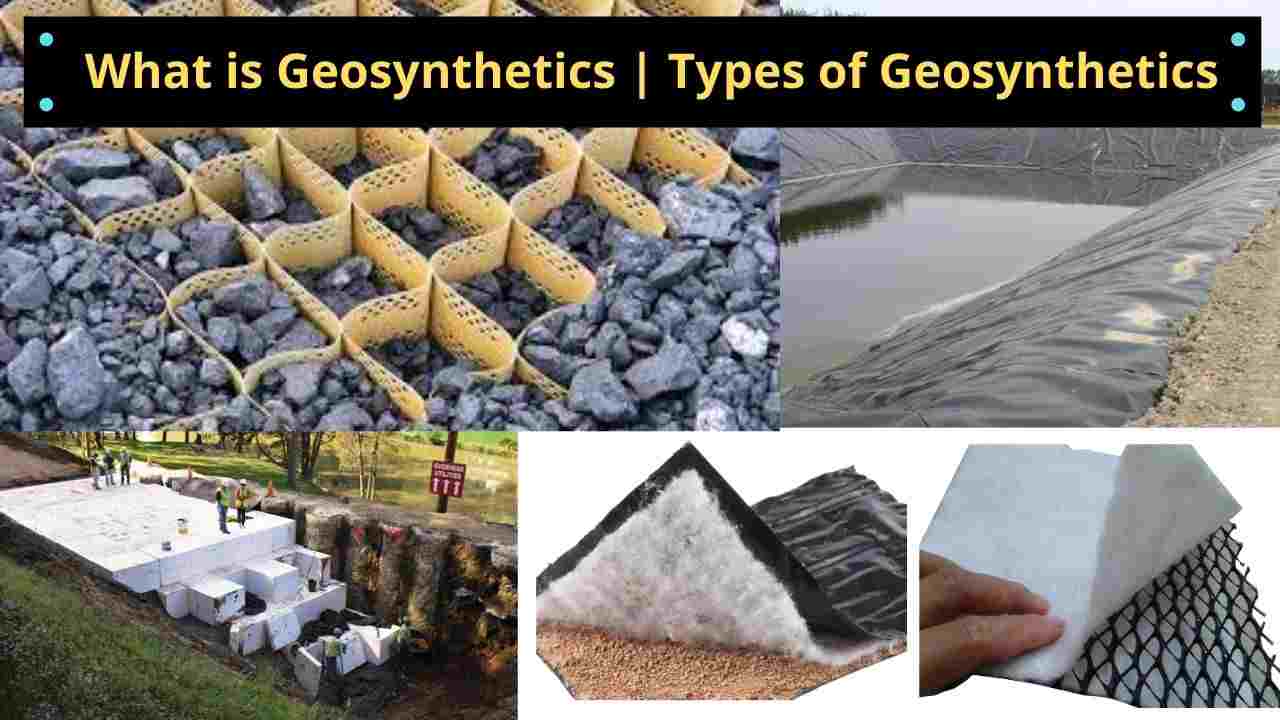In today's world, environmental sustainability has become a pressing need, and geosynthetics are playing a significant role in achieving the same. When it comes to civil engineering projects requiring optimal utilization of natural resources, geosynthetics offer a reliable and cost-effective solution. This article will explore geotextiles and geomembranes as two vital geosynthetics used in various applications, highlighting their benefits and applications.

Geotextile
Geotextiles refer to permeable fabrics made from synthetic fibers. These fabrics are primarily used to separate, reinforce, prevent erosion, and filter fluids in soil or rock structures. One of the fascinating things about geotextiles is that they can be made from biodegradable materials, which ensures that they do not cause any harm to the environment in the long run.
Applications of Geotextiles:
1. Roads and Pavements – Geotextile can be effectively used in stabilizing roadbeds and constructing highways. By serving as a separator, it prevents the mixing of two different soil types, thereby reducing the chances of failure or damage.
2. Drainage – Geotextiles are highly permeable, which makes them ideal for drainage application. They can help in draining out excess water, thereby preventing waterlogging in construction sites.
3. Landfills – One of the significant applications of geotextiles is in constructing landfills. By preventing the mixing of reactive wastes with groundwater, they help in ensuring environmental safety and minimizing expenses.
4. Athletics Field – Geotextile can be used as an underlayer to maintain the integrity of natural grass or eliminate recurring weed growth.
Geomembrane
Geomembranes are essentially plastic sheets that are used to line water storage systems such as ponds, canals, and reservoirs. They are made of resilient materials such as PVC or HDPE and are essentially watertight, which makes them an excellent lining solution for water storage systems.
Applications of Geomembranes:
1. Aquaculture – Geomembranes are ideal for creating and maintaining fish and aquatic life systems as they prevent the leakage of the water from the pond or aquarium.
2. Water Storage – Geomembranes are commonly used as a lining in reservoirs, canals, and other water storage systems to prevent water loss and contamination.
3. Hazardous Waste – Geomembranes are essential in containing hazardous waste materials to prevent them from leaking into the soil or reaching the groundwater.
4. Mining – Geomembranes are used to line mining pits and ponds to prevent contamination and pollution of the surrounding environment.
Conclusion
The use of geosynthetics like geotextiles and geomembranes in civil engineering projects has proven to be beneficial in enhancing environmental sustainability, optimizing natural resources, and reducing costs. They are ideal for applications ranging from reinforcement, separation, and stabilization to drainage and containment. Additionally, they offer several intrinsic benefits such as durability and resistance to natural elements, making them an excellent choice for sustainable development in the long run.